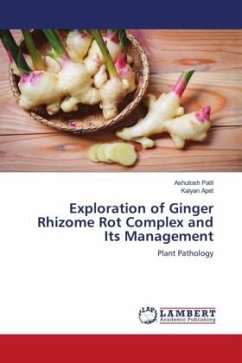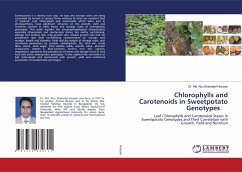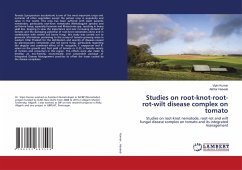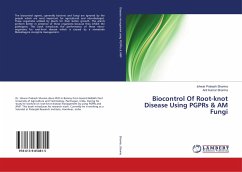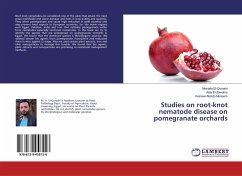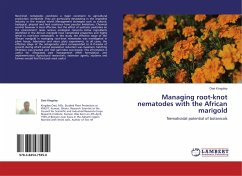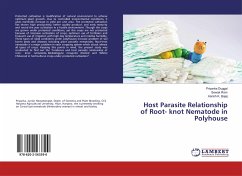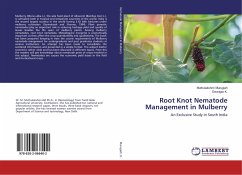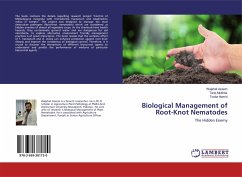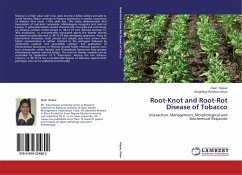
Root-Knot and Root-Rot Disease of Tobacco
Interaction, Management, Morphological and Biochemical Response
Versandkostenfrei!
Versandfertig in 6-10 Tagen
32,99 €
inkl. MwSt.

PAYBACK Punkte
16 °P sammeln!
Tobacco is a high value cash crop, gives income a billion dollars annually to world farmers. Major constrain in tobacco production is regular occurrence of diseases that cause
Tobacco is a high value cash crop, gives income a billion dollars annually to world farmers. Major constrain in tobacco production is regular occurrence of diseases that cause <18% yield loss. This study demonstrated that Inoculation of root-knot nematode, Meloidogyne incognita and root-rot fungus, P. aphanidermatum caused characteristic root galls and root decay on tobacco cultivars tested except cv. RK-12 P3 and reduced biomass 15-30% production. In concomitantly inoculated plants the disease severity increased considerably and cv. RK-12 P3 also developed symptoms. Assay of biochemical characters, total phenol and salicylic acid have shown their higher concentration in cultivar resistant to the pathogen followed by moderately resistant and susceptible cultivars. Soil application of Pseudomonas fluorescens or Phorate proved highly effective against root-knot nematodes, while, Bavistin and Trichoderma harzianum have greater effectiveness against root-rot fungus. The root-rot disease complex can be controlled by application of P. fluorescens. Among the five tobacco cultivars, cv. RK-12 P3 has a considerable degree of tolerance against both pathogen and can be exploited commercially.



